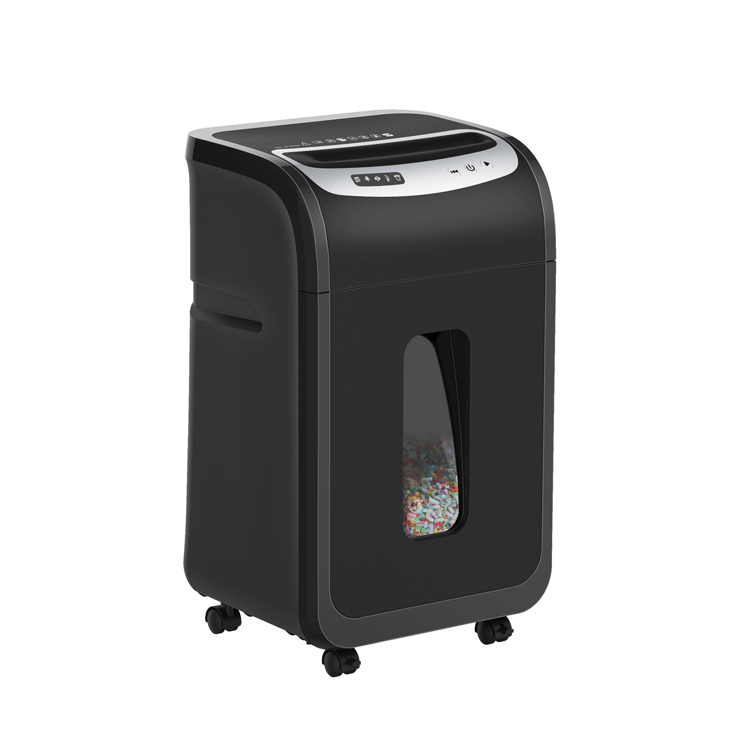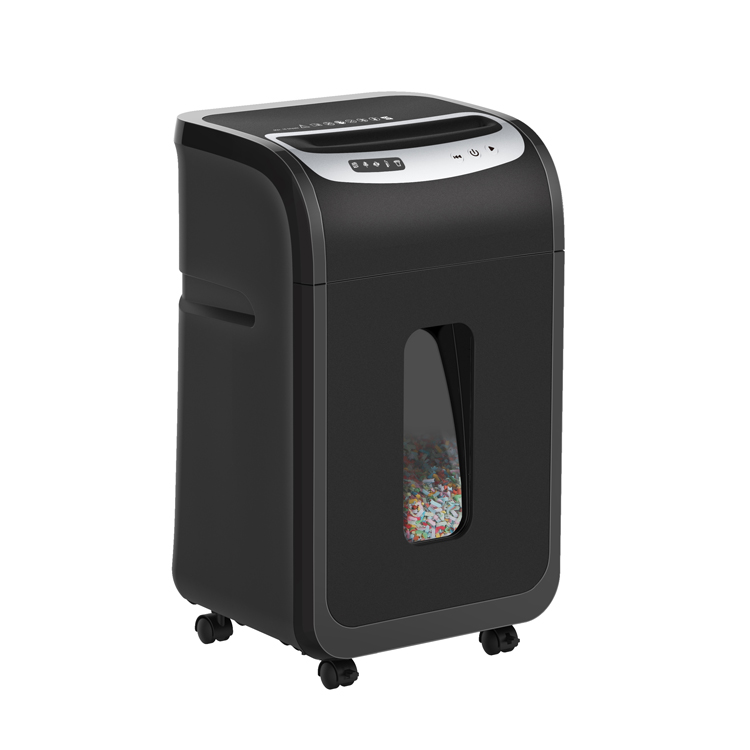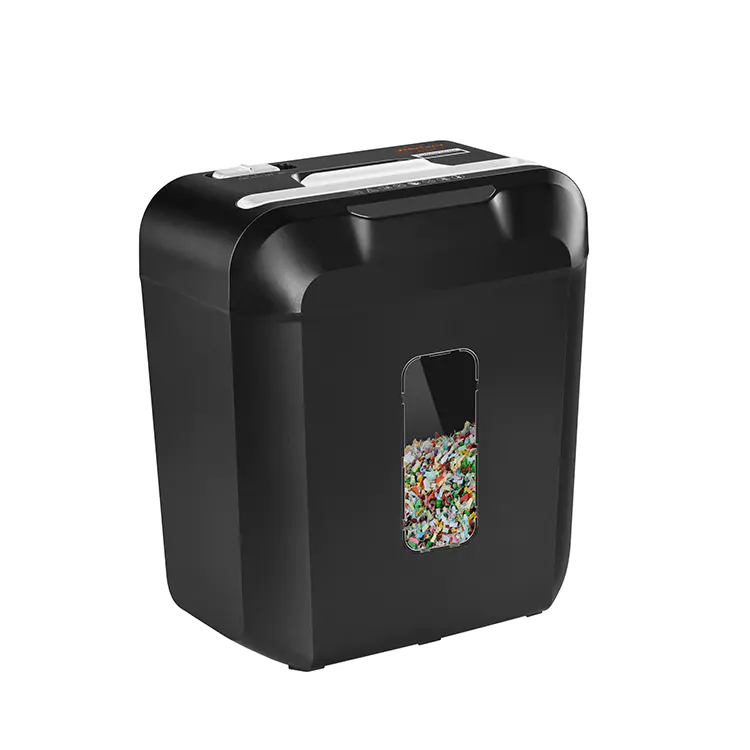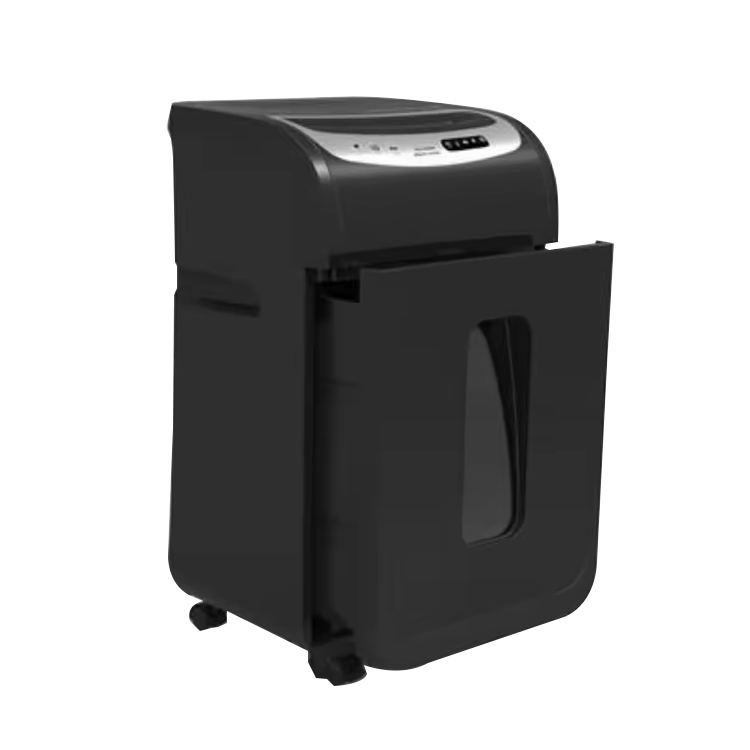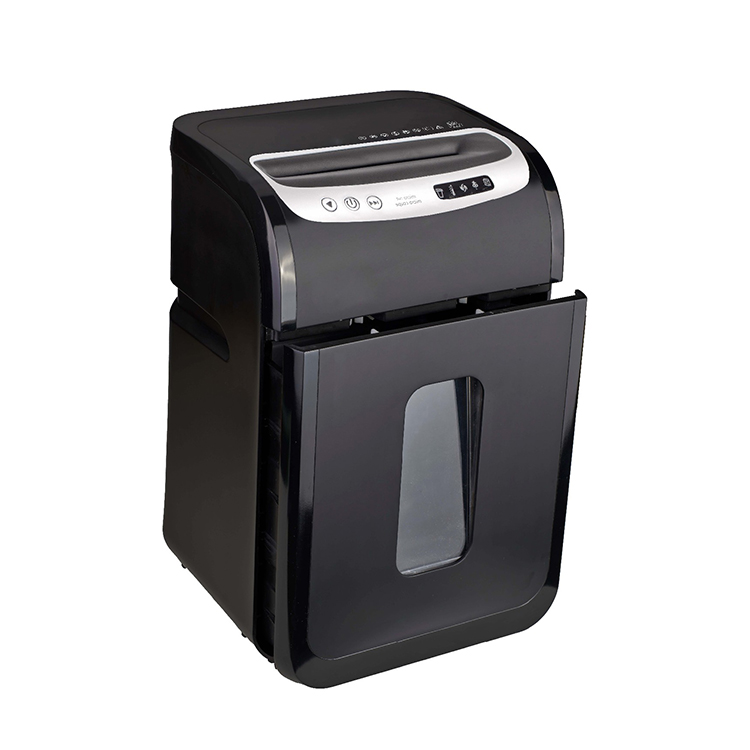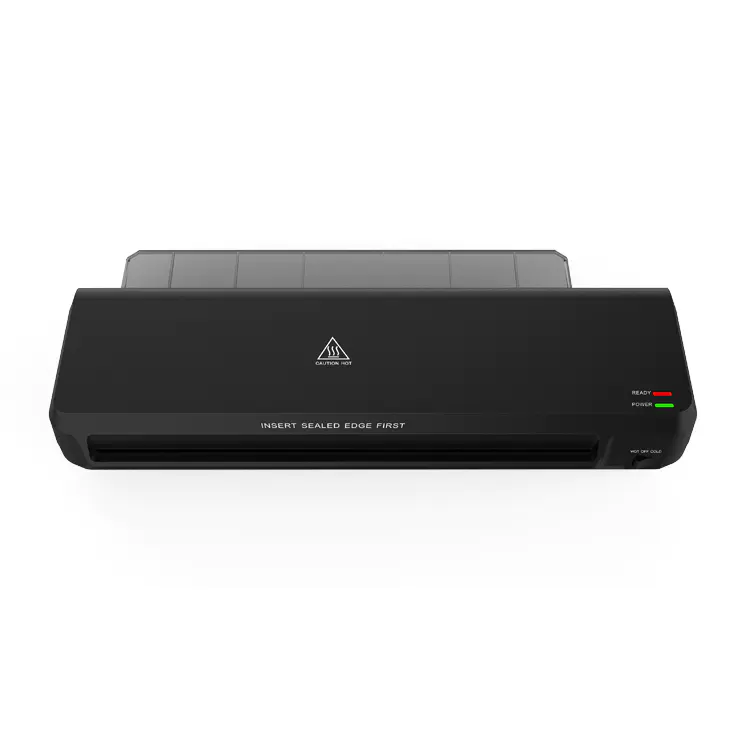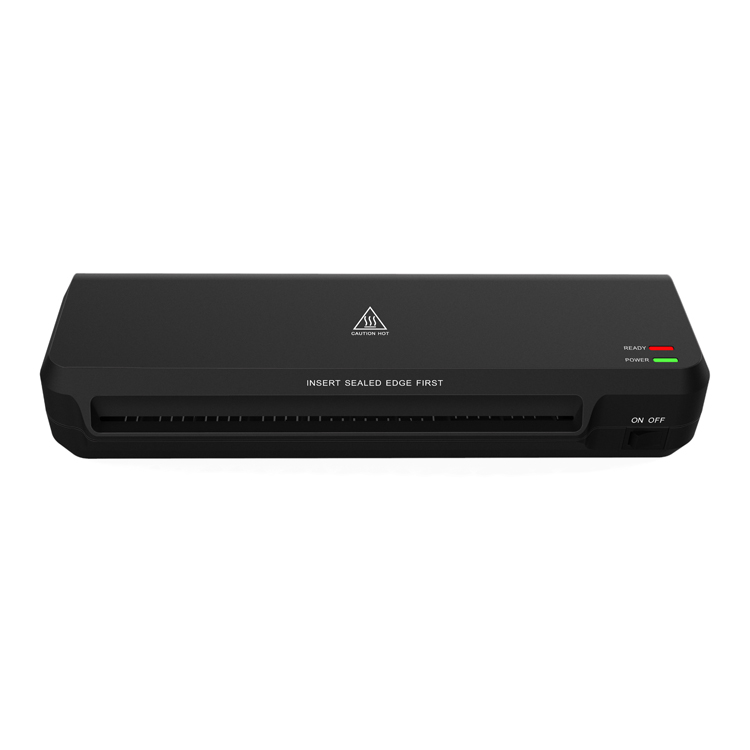How a Thermal Laminator Can Protect and Preserve Important Papers
In daily life and work, we often come into contact with some important paper materials, such as birth certificates, contracts, certificates, teaching materials, etc. If these papers are exposed to air, water stains, stains or frequent touch, they are easily damaged or faded. A thermal laminator can provide simple and efficient protection for these important documents.
What Is a Thermal Laminator?
A thermal laminator is a machine that heats a laminating film to bond it to paper. Users typically place the paper in a double-layer plastic laminating bag and feed it into the machine. The machine heats the inner adhesive layer to make the plastic adhere tightly to the paper, forming a sealed protective layer. This process is not only fast, but also long-lasting.
Key Benefits of Thermal Laminating
1. Protection from Moisture and Spills
Paper tends to wrinkle, blur, and even become unreadable when exposed to moisture. After lamination, the document is completely wrapped in plastic film, which has good water resistance and can effectively prevent:
Sudden beverage spills
Wet hand contact
Humid weather or storage environment
This is especially important for restaurant menus, instructions for outdoor use, or notices that need to be exposed for a long time.
2. Enhanced Durability and Tear Resistance
Ordinary paper is easily damaged by folding and pulling. Laminated documents have stronger physical toughness and tear resistance due to the plastic cover. Especially suitable for:
Textbooks or teaching aids that are frequently flipped through
Cards or charts used by children
Instructions that are frequently transported
This durability also means that you don’t have to frequently replace or reprint materials, saving costs and time.
3. Fade and Smudge Prevention
Unprotected paper is prone to fading due to ultraviolet rays, or blurring due to sweat and oil stains. The lamination layer can effectively prevent:
Ink fading caused by sunlight
Ink and laser prints fall off during hand contact
Oil stains and dirt contaminate the paper surface
This is especially critical for certificates, advertising posters, teaching wall charts, etc. for display purposes.
4. Improved presentation
Lamination not only provides protection, but also makes the document look more professional and textured. Laminating films are generally available in glossy or matte finishes, which can:
Enhance the contrast of images and text to make the content clearer
Increase the thickness and stiffness of documents to enhance the "feel"
Make resumes, business plans, certificates, etc. more attractive
This is a plus for enhancing brand image and professionalism.
5. Long-Term Archival Storage
For documents that need to be stored for many years, heat lamination is an economical and practical solution. It can form a closed environment to effectively isolate:
Oxygen in the air (delaying paper oxidation)
Dust, fingerprints and pollutants
Moisture and insects
Documents suitable for long-term storage include:
Copies of identification (for backup)
Medical records
Maps, engineering drawings, technical diagrams
Family trees, memorial documents
Tips for Effective Laminating
Preheating the machine: Make sure the machine is fully heated (usually several minutes) before starting to operate to prevent loose adhesion.
Choose the right film bag size: The document should be slightly smaller than the film bag to avoid unsealed edges.
Put the sealed edge in first: The sealed edge of the laminated bag should be put in the machine first to reduce the risk of bubbles or paper jams.
Cut after cooling: If cutting is required, it is recommended to wait for the lamination to cool and set before cutting, otherwise it is easy to damage the sealed edge.
Use high-quality film bags: Thin and cheap film bags are prone to wrinkles or poor sealing. It is recommended to use high-quality film with a thickness of 3-5 mil.

 English
English русский
русский Español
Español Deutsch
Deutsch عربى
عربى
 0
0

